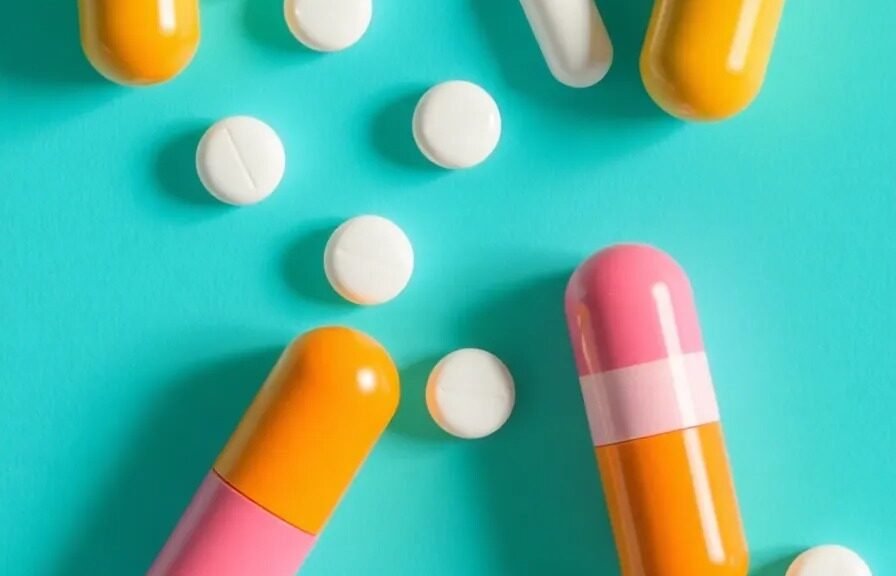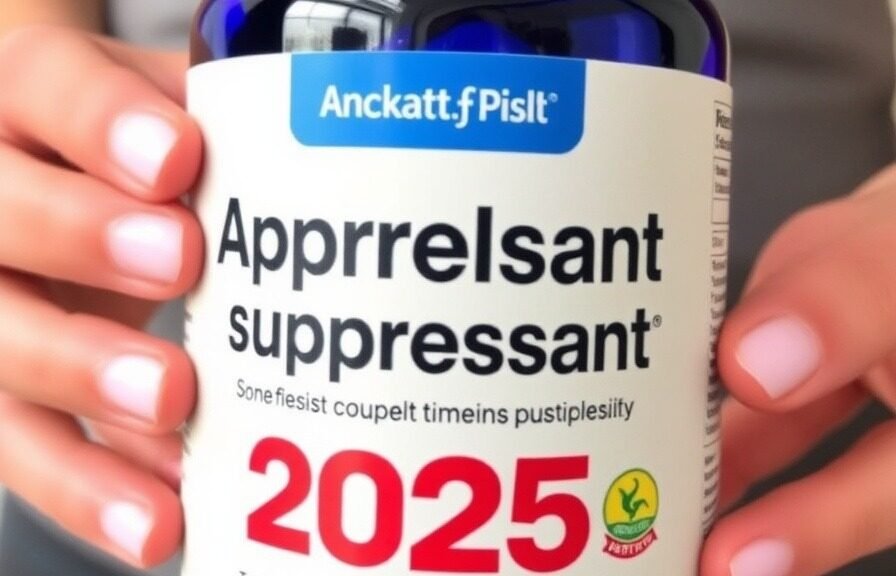1. The Study: Antibiotics Don’t Increase Autoimmune Risk in Kids
A landmark study of over 6 million children found no link between early antibiotic exposure and later autoimmune diseases. Researchers tracked kids exposed to antibiotics in utero or during early childhood (for infections like UTIs, strep, or ear infections). They monitored development through adolescence for conditions like:
- Type 1 diabetes
- Juvenile arthritis
- Celiac disease
- Lupus (SLE)
- Inflammatory bowel disease (IBD)
Key findings:
✅ No increased risk of autoimmunity from early antibiotic use.
✅ No dose-dependent effect—more antibiotics didn’t mean higher risk.
✅ Reassurance for clinicians: Antibiotics remain safe when medically necessary.
But there’s a catch:
The study didn’t track microbiome changes—only disease outcomes. While antibiotics may not cause autoimmunity, they still disrupt gut bacteria, which plays a role in immune health. This means:
⚠️ Gut recovery matters—especially for kids with family history of autoimmunity or other risk factors.
⚠️ Nutrition and probiotics can help restore balance post-antibiotics.
Clinical takeaway:
- Don’t withhold antibiotics when needed (e.g., bacterial pneumonia, sepsis risk).
- Prioritize gut recovery afterward with diet and probiotics.
- Screen for risk factors (genetics, diet, environment) in high-risk kids.
2. The Microbiome Connection: Why Gut Health Still Needs Attention
Antibiotics kill bad bacteria—but also good ones. This can lead to:
🔹 Reduced microbial diversity (linked to allergies, obesity, and immune issues).
🔹 Overgrowth of harmful bacteria (e.g., C. difficile).
🔹 Weaker gut barrier (“leaky gut”), which may trigger inflammation.
Why didn’t this cause autoimmunity in the study?
Possible reasons:
✔ Kids’ immune systems are resilient—they can rebound with the right support.
✔ Diet and environment (breastfeeding, fiber-rich foods, outdoor play) may protect the microbiome.
✔ Not all gut disruptions lead to disease—only persistent imbalances might.
What Health Pros Should Watch For:
- High-risk kids (preemies, C-section births, formula-fed, or those with allergic parents) may need extra gut support.
- Repeated antibiotic courses (e.g., for chronic ear infections) could have cumulative effects—monitor closely.
- Symptoms of dysbiosis: Frequent diarrhea, eczema, or food sensitivities post-antibiotics.
Action Steps for Gut Recovery:
- Probiotics (strain-specific):
- Lactobacillus rhamnosus GG (for diarrhea prevention).
- Bifidobacterium infantis (for infants).
- Saccharomyces boulardii (yeast-based, good for antibiotic-associated diarrhea).
- Dose: 5–10 billion CFU/day for kids; start during antibiotic use and continue for 2–4 weeks after.
- Prebiotic foods (fuel for good bacteria):
- Bananas, oats, apples, garlic, onions, asparagus.
- Goal: 5–10g fiber/day for toddlers; adjust for age.
- Fermented foods (natural probiotics):
- Yogurt, kefir, sauerkraut, kimchi (introduce gradually).
- Avoid sugary versions (e.g., flavored yogurts).
- Avoid gut irritants:
- Processed foods, excess sugar, artificial sweeteners.
- For infants: Continue breastfeeding if possible; use hydrolyzed formula if cow’s milk sensitivity is suspected.
Expert Insight:
“Antibiotics are a short-term disruption, but diet is the long-term fix. Focus on diversity—different fibers, fermented foods, and probiotics—to rebuild a resilient microbiome.”
— Dr. Emma Carter, Pediatric Gastroenterologist
3. Practical Guide: Post-Antibiotic Nutrition Plans for Kids
Goal: Restore gut balance without overwhelming parents. Use simple, evidence-based steps.
Phase 1: During Antibiotics (Days 1–5)
- Probiotics: Give 2 hours apart from antibiotics (to avoid killing the good bacteria).
- Infants: B. infantis drops (e.g., Evolve Bio).
- Toddlers/Kids: L. rhamnosus GG (Culturelle Kids).
- Diet:
- Easy-to-digest foods: Bone broth, mashed sweet potatoes, bananas.
- Hydration: Coconut water, herbal teas (chamomile for soothing).
- Avoid: Dairy if lactose intolerance flares; processed snacks.
Phase 2: First 2 Weeks Post-Antibiotics
- Probiotics: Continue daily; add fermented foods 2–3x/week.
- Breakfast: Oatmeal + chia seeds + blueberries.
- Snack: Yogurt (unsweetened) + sliced apple.
- Dinner: Lentil soup + sauerkraut (start with 1 tsp).
- Prebiotics: Aim for 1–2 servings/day (e.g., cooked carrots, whole-grain toast).
Phase 3: Long-Term Gut Support (Weeks 3–4+)
- Diversify diet:
- Fiber: 14g/1,000 kcal (e.g., 19g for a 4-year-old).
- Polyphenols: Berries, dark chocolate (70%+ cocoa), nuts.
- Omega-3s: Flaxseeds, walnuts, fatty fish (salmon).
- Lifestyle:
- Outdoor play (soil exposure = natural microbiome booster).
- Limit antibiotics to only when necessary (e.g., confirmed bacterial infections).
Special Cases:
- Eczema/Allergies: Add quercetin-rich foods (apples, onions) + omega-3s.
- Recurrent ear infections: Test for food sensitivities (dairy, gluten) that may worsen inflammation.
- Pick eaters: Hide probiotics in smoothies; use prebiotic powders (e.g., inulin in applesauce).
Sample Meal Plan (Ages 2–5):
| Meal | Foods | Gut Benefit |
|---|---|---|
| Breakfast | Oatmeal + banana + almond butter | Prebiotics + fiber |
| Snack | Kefir + berries | Probiotics + antioxidants |
| Lunch | Turkey wrap + hummus + carrots | Protein + prebiotics |
| Dinner | Baked salmon + quinoa + kimchi | Omega-3s + fermented food |
When to Refer:
- Persistent diarrhea (>2 weeks post-antibiotics).
- New food intolerances (e.g., sudden dairy or gluten reactions).
- Eczema flares or asthma-like symptoms.




